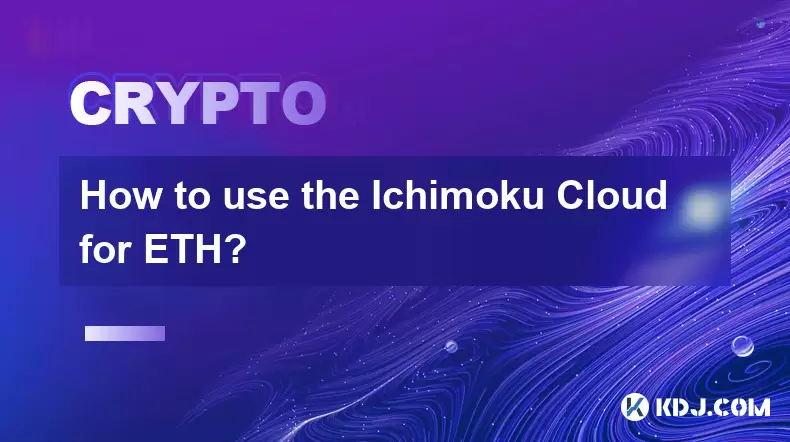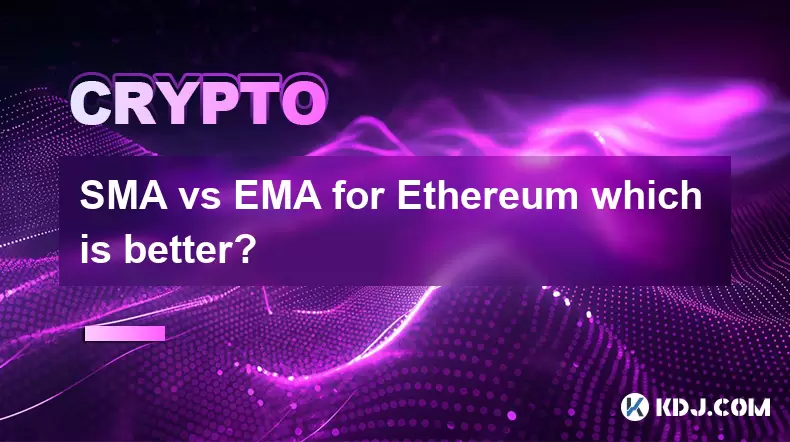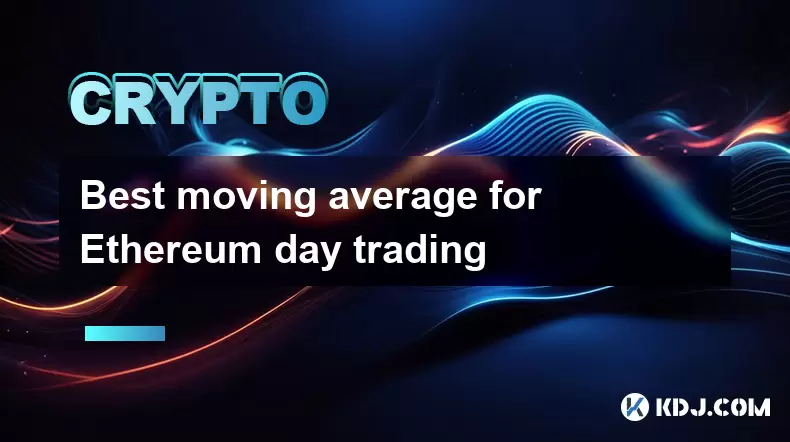-
 Bitcoin
Bitcoin $118300
-1.72% -
 Ethereum
Ethereum $3591
-0.69% -
 XRP
XRP $3.478
-3.53% -
 Tether USDt
Tether USDt $1.001
-0.01% -
 BNB
BNB $737.7
-0.54% -
 Solana
Solana $177.3
-2.40% -
 USDC
USDC $0.9999
-0.01% -
 Dogecoin
Dogecoin $0.2538
7.04% -
 TRON
TRON $0.3256
-0.85% -
 Cardano
Cardano $0.8332
-3.48% -
 Hyperliquid
Hyperliquid $44.80
-3.30% -
 Stellar
Stellar $0.4672
-6.09% -
 Sui
Sui $3.828
-5.98% -
 Chainlink
Chainlink $18.15
-3.41% -
 Hedera
Hedera $0.2655
-7.16% -
 Bitcoin Cash
Bitcoin Cash $517.5
-0.64% -
 Avalanche
Avalanche $23.89
-2.37% -
 Shiba Inu
Shiba Inu $0.00001519
-0.45% -
 UNUS SED LEO
UNUS SED LEO $8.973
0.13% -
 Toncoin
Toncoin $3.211
-2.54% -
 Litecoin
Litecoin $103.5
-3.58% -
 Polkadot
Polkadot $4.313
-3.90% -
 Uniswap
Uniswap $10.31
0.67% -
 Monero
Monero $325.4
-2.88% -
 Bitget Token
Bitget Token $5.049
3.51% -
 Ethena USDe
Ethena USDe $1.002
0.04% -
 Pepe
Pepe $0.00001346
-2.96% -
 Dai
Dai $0.9999
-0.02% -
 Aave
Aave $322.1
-2.93% -
 Bittensor
Bittensor $411.9
-4.70%
Monero XMR trading introduction: Monero XMR purchase detailed tutorial
Monero (XMR) offers robust privacy features, making it a popular choice for secure, untraceable transactions; learn how to trade and store it safely.
Jun 02, 2025 at 01:35 pm

Monero (XMR) is a privacy-focused cryptocurrency that has gained significant attention in the crypto community for its robust privacy features. Trading Monero can be a lucrative endeavor for those interested in cryptocurrencies that prioritize anonymity and security. This article provides a comprehensive introduction to trading Monero and a detailed tutorial on purchasing XMR.
Understanding Monero (XMR)
Monero (XMR) is a decentralized cryptocurrency that was launched in 2014. It is designed to ensure that transactions remain private and untraceable. Unlike Bitcoin, where transactions can be traced on the blockchain, Monero uses ring signatures, stealth addresses, and confidential transactions to obscure the origins, amounts, and destinations of transactions. This makes Monero a popular choice for users who prioritize privacy.
Why Trade Monero?
Trading Monero can be appealing for several reasons. First, its privacy features attract users who want to keep their financial transactions confidential. Second, Monero has a strong community and development team, which can contribute to its stability and potential for growth. Third, as a cryptocurrency with a capped supply, Monero can be seen as a hedge against inflation, similar to other cryptocurrencies like Bitcoin.
How to Trade Monero
Trading Monero involves buying and selling XMR on various cryptocurrency exchanges. To start trading Monero, you need to follow these steps:
- Choose a reputable exchange: Select an exchange that supports Monero trading. Popular options include Binance, Kraken, and Poloniex.
- Create an account: Sign up for an account on the chosen exchange. This usually involves providing an email address, creating a password, and completing a verification process.
- Deposit funds: Fund your account with either fiat currency or another cryptocurrency. The specific methods available will depend on the exchange.
- Trade Monero: Once your account is funded, you can place orders to buy or sell Monero. Most exchanges offer different types of orders, such as market orders, limit orders, and stop orders.
Detailed Tutorial on Purchasing Monero (XMR)
Purchasing Monero involves several steps, which can vary slightly depending on the exchange you use. Below is a detailed tutorial on how to buy Monero using the popular exchange Binance:
Sign up for a Binance account: Visit the Binance website and click on the "Register" button. Enter your email address and create a strong password. Complete the verification process by providing the necessary personal information and uploading a valid ID.
Secure your account: Enable two-factor authentication (2FA) to add an extra layer of security to your account. You can use apps like Google Authenticator or Authy for this purpose.
Deposit funds: Navigate to the "Deposit" section of your Binance account. Choose the currency you want to deposit (e.g., Bitcoin, Ethereum, or a fiat currency if supported). Follow the instructions to send funds to your Binance wallet.
Navigate to the trading page: Once your funds are deposited, go to the "Trade" section of the Binance website. Select the "Spot" trading option, and then search for the XMR trading pair that matches the currency you deposited (e.g., XMR/BTC or XMR/USDT).
Place a buy order: Decide whether you want to place a market order or a limit order. A market order will buy Monero at the current market price, while a limit order allows you to set a specific price at which you want to buy. Enter the amount of XMR you want to purchase and confirm the order.
Withdraw your Monero: Once your order is filled, you can withdraw your Monero to a private wallet for added security. Go to the "Wallet" section, select "Withdraw," and enter your Monero wallet address. Confirm the withdrawal and wait for the transaction to be processed.
Storing Monero Safely
After purchasing Monero, it's crucial to store it securely. Using a private wallet is recommended to ensure the safety of your XMR. There are several types of wallets you can use:
Hardware Wallets: Devices like Ledger and Trezor offer high security by storing your private keys offline. To set up a hardware wallet for Monero, follow these steps:
- Purchase a hardware wallet that supports Monero.
- Follow the manufacturer's instructions to set up the device and create a new wallet.
- Transfer your Monero from the exchange to your hardware wallet address.
Software Wallets: These are applications that you can install on your computer or mobile device. Popular options include the official Monero GUI wallet and the MyMonero wallet. To set up a software wallet:
- Download and install the wallet software from the official website.
- Create a new wallet and securely store the recovery seed.
- Transfer your Monero to the wallet address.
Paper Wallets: These involve printing your private keys and public addresses on paper. While less convenient, they can be a secure way to store Monero offline. To create a paper wallet:
- Use a Monero paper wallet generator tool from a trusted source.
- Generate a new wallet and print the public and private keys.
- Store the paper in a safe, secure location.
Trading Strategies for Monero
When trading Monero, it's important to have a strategy in place. Here are some common strategies used by traders:
HODLing: This strategy involves buying and holding Monero for the long term, with the expectation that its value will increase over time. HODLers typically believe in the long-term potential of Monero and are less concerned with short-term price fluctuations.
Day Trading: Day traders buy and sell Monero within the same day, aiming to profit from short-term price movements. This strategy requires close monitoring of the market and quick decision-making.
Swing Trading: Swing traders hold Monero for a few days to a few weeks, aiming to profit from medium-term price swings. This strategy involves a bit more patience than day trading but still requires active management of positions.
Arbitrage: Arbitrage involves buying Monero on one exchange where the price is lower and selling it on another exchange where the price is higher. This strategy requires having accounts on multiple exchanges and the ability to move funds quickly.
Frequently Asked Questions
Q1: Is Monero legal to trade?
A1: The legality of trading Monero varies by country. In many countries, trading Monero is legal, but it's important to check the regulations in your specific jurisdiction. Some countries have restrictions on cryptocurrencies, especially those focused on privacy like Monero.
Q2: Can I use Monero for everyday purchases?
A2: While Monero can be used for transactions, its adoption for everyday purchases is limited compared to more widely accepted cryptocurrencies like Bitcoin. Some merchants and online platforms accept Monero, but it's not as commonly used as other cryptocurrencies.
Q3: How does Monero's privacy compare to other cryptocurrencies?
A3: Monero offers superior privacy compared to most other cryptocurrencies. While Bitcoin and Ethereum transactions can be traced on the blockchain, Monero's use of ring signatures, stealth addresses, and confidential transactions ensures that transactions remain private and untraceable.
Q4: What are the risks of trading Monero?
A4: Trading Monero, like trading any cryptocurrency, comes with risks. These include market volatility, regulatory changes, and the potential for security breaches on exchanges. It's important to conduct thorough research and only invest what you can afford to lose.
Disclaimer:info@kdj.com
The information provided is not trading advice. kdj.com does not assume any responsibility for any investments made based on the information provided in this article. Cryptocurrencies are highly volatile and it is highly recommended that you invest with caution after thorough research!
If you believe that the content used on this website infringes your copyright, please contact us immediately (info@kdj.com) and we will delete it promptly.
- Crypto Market Mania: Ethereum Surges, Trump's Company Cashes In!
- 2025-07-19 12:30:13
- NFT Trading, Users, and the Quest for a Comeback: What's the Deal?
- 2025-07-19 12:30:13
- Baby Sex: Unpacking the Influencing Factors and Birth Sex Trends
- 2025-07-19 12:50:13
- Satoshi Nakamoto, Bitcoin, and Bill Gates: A New World Order?
- 2025-07-19 13:15:12
- Trump's GENIUS Act: A New Era for Stablecoin Regulation?
- 2025-07-19 12:50:13
- Render Crypto, DePIN, and GPU Rendering: The Future is Now, Baby!
- 2025-07-19 12:55:13
Related knowledge

How to add indicators to Ethereum chart on TradingView?
Jul 19,2025 at 07:15am
What Is an Ethereum Chart on TradingView?The Ethereum chart on TradingView is a visual representation of the price movement of Ethereum (ETH) over a s...

How to use the Ichimoku Cloud for ETH?
Jul 18,2025 at 09:56pm
Understanding the Ichimoku Cloud and Its ComponentsThe Ichimoku Cloud, also known as Ichimoku Kinko Hyo, is a versatile technical analysis tool that p...

SMA vs EMA for Ethereum which is better?
Jul 19,2025 at 12:36am
Understanding the Basics of SMA and EMAIn the world of cryptocurrency trading, especially when dealing with Ethereum, technical indicators play a cruc...

Best moving average for Ethereum day trading
Jul 19,2025 at 01:42am
Understanding the Role of Moving Averages in Ethereum Day TradingIn the realm of Ethereum day trading, moving averages are indispensable tools for ide...

How to customize USDT TRC20 mining fees? Flexible adjustment tutorial
Jun 13,2025 at 01:42am
Understanding USDT TRC20 Mining FeesMining fees on the TRON (TRC20) network are essential for processing transactions. Unlike Bitcoin or Ethereum, whe...

USDT TRC20 transaction is stuck? Solution summary
Jun 14,2025 at 11:15pm
Understanding USDT TRC20 TransactionsWhen users mention that a USDT TRC20 transaction is stuck, they typically refer to a situation where the transfer...

How to add indicators to Ethereum chart on TradingView?
Jul 19,2025 at 07:15am
What Is an Ethereum Chart on TradingView?The Ethereum chart on TradingView is a visual representation of the price movement of Ethereum (ETH) over a s...

How to use the Ichimoku Cloud for ETH?
Jul 18,2025 at 09:56pm
Understanding the Ichimoku Cloud and Its ComponentsThe Ichimoku Cloud, also known as Ichimoku Kinko Hyo, is a versatile technical analysis tool that p...

SMA vs EMA for Ethereum which is better?
Jul 19,2025 at 12:36am
Understanding the Basics of SMA and EMAIn the world of cryptocurrency trading, especially when dealing with Ethereum, technical indicators play a cruc...

Best moving average for Ethereum day trading
Jul 19,2025 at 01:42am
Understanding the Role of Moving Averages in Ethereum Day TradingIn the realm of Ethereum day trading, moving averages are indispensable tools for ide...

How to customize USDT TRC20 mining fees? Flexible adjustment tutorial
Jun 13,2025 at 01:42am
Understanding USDT TRC20 Mining FeesMining fees on the TRON (TRC20) network are essential for processing transactions. Unlike Bitcoin or Ethereum, whe...

USDT TRC20 transaction is stuck? Solution summary
Jun 14,2025 at 11:15pm
Understanding USDT TRC20 TransactionsWhen users mention that a USDT TRC20 transaction is stuck, they typically refer to a situation where the transfer...
See all articles

























































































